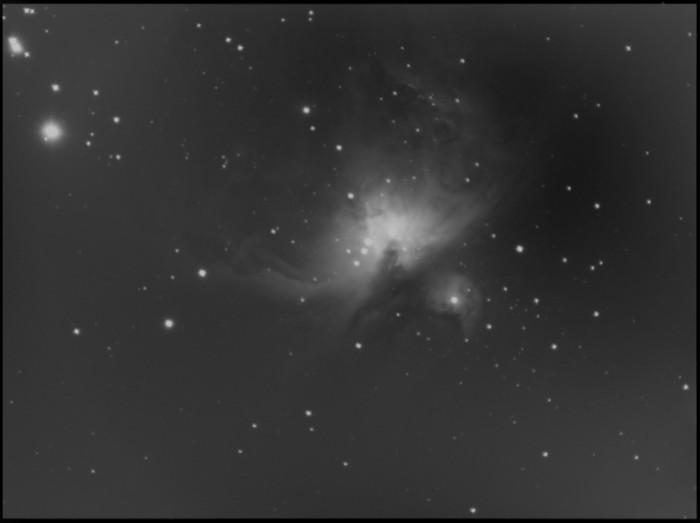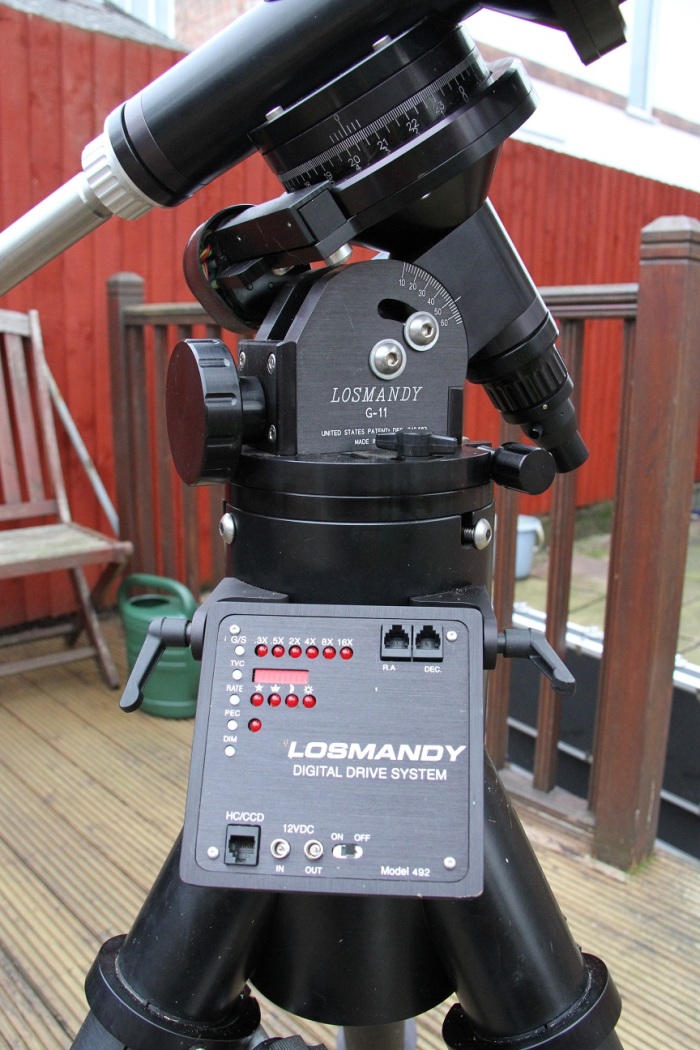I started up in astrophotography back in 2001. At that time I used a simple Philips Vesta webcam to take lunar and planetary images. These would have been taken using an Orion Optics 8” f/6 Newtonian telescope on a simple GEM1 equatorial mount. Some examples of images obtained between 2001 and 2003 are shown below:
I then moved onto a SAC-7 CCD colour camera which was capable of longer exposure times. At this time I was using a HEQ5 equatorial mount, which had RA and DEC motors so the mount could track the stars reasonably accurately (once the mount was polar aligned). Some pictures taken with the SAC-7 camera are shown below (taken in 2004-2005):
I then moved onto a more sensitive ATIK 2HS modified webcam, which I coupled to a Skywatcher ED80 telescope. This enabled me to achieve better results, some of which are shown below (taken in 2006):
I subsequently sold my HEQ5 mount and in 2009 bought a Losmandy G11 mount (non-GOTO). In addition, I acquired an ATIK 16ic color CCD and started using an unmodified Canon 350D camera.
Some more recent photographs with this set of equipment, taken in 2009, is shown below.
I have now moved onto a Canon 7D (unmodified) and also have a William Optics Megrez 102 mm f/7 telescope – which has better optics than the Skywatcher ED80. A test photo of the Orion Nebula using this set-up is shown below (from 2016), together with a picture of the moon using the same set-up.
January 24th 2016
 William Optics 102 mm f/7 refractor with mono Atik-16ic CCD and focal reducer
William Optics 102 mm f/7 refractor with mono Atik-16ic CCD and focal reducer Without the focal reducer
Without the focal reducer
























